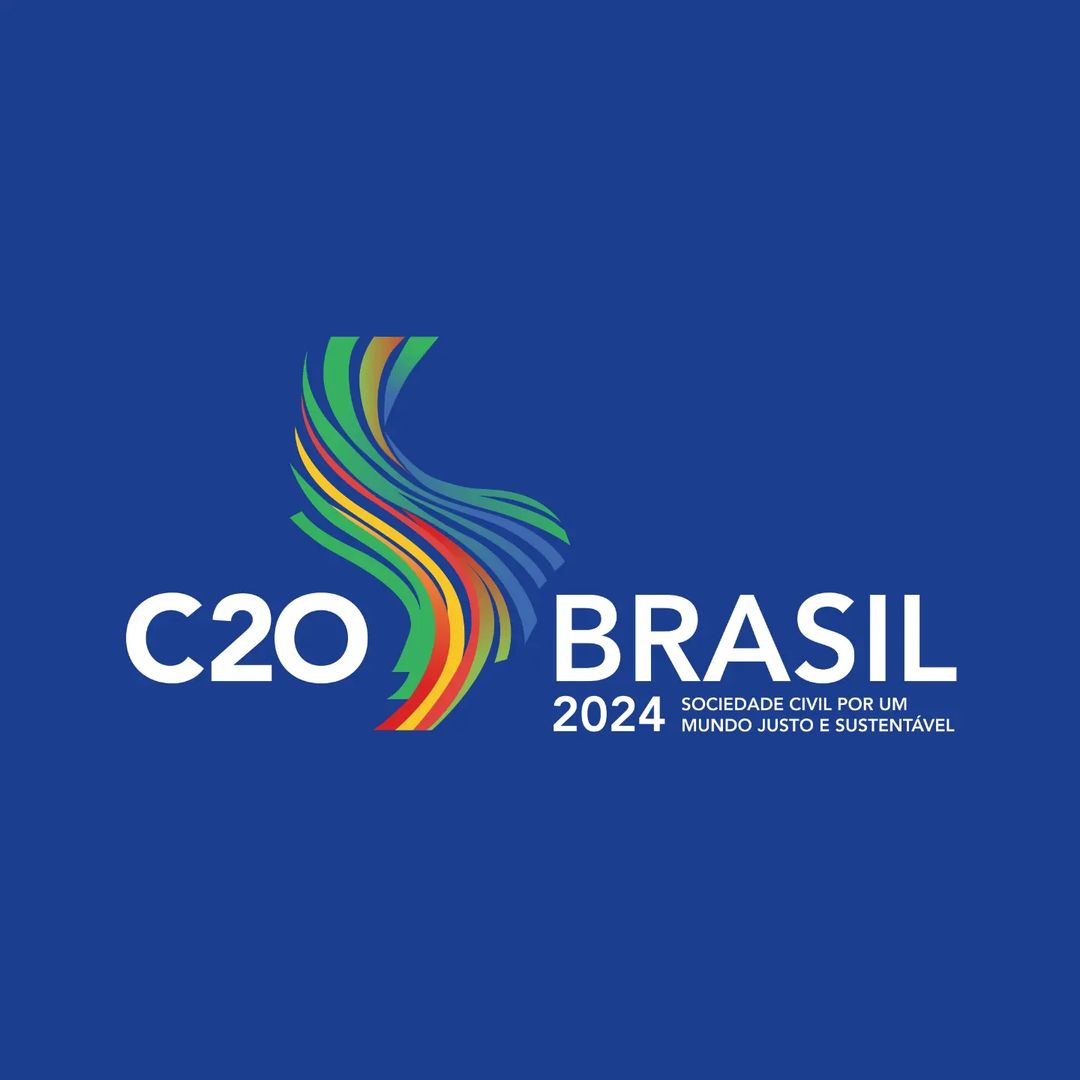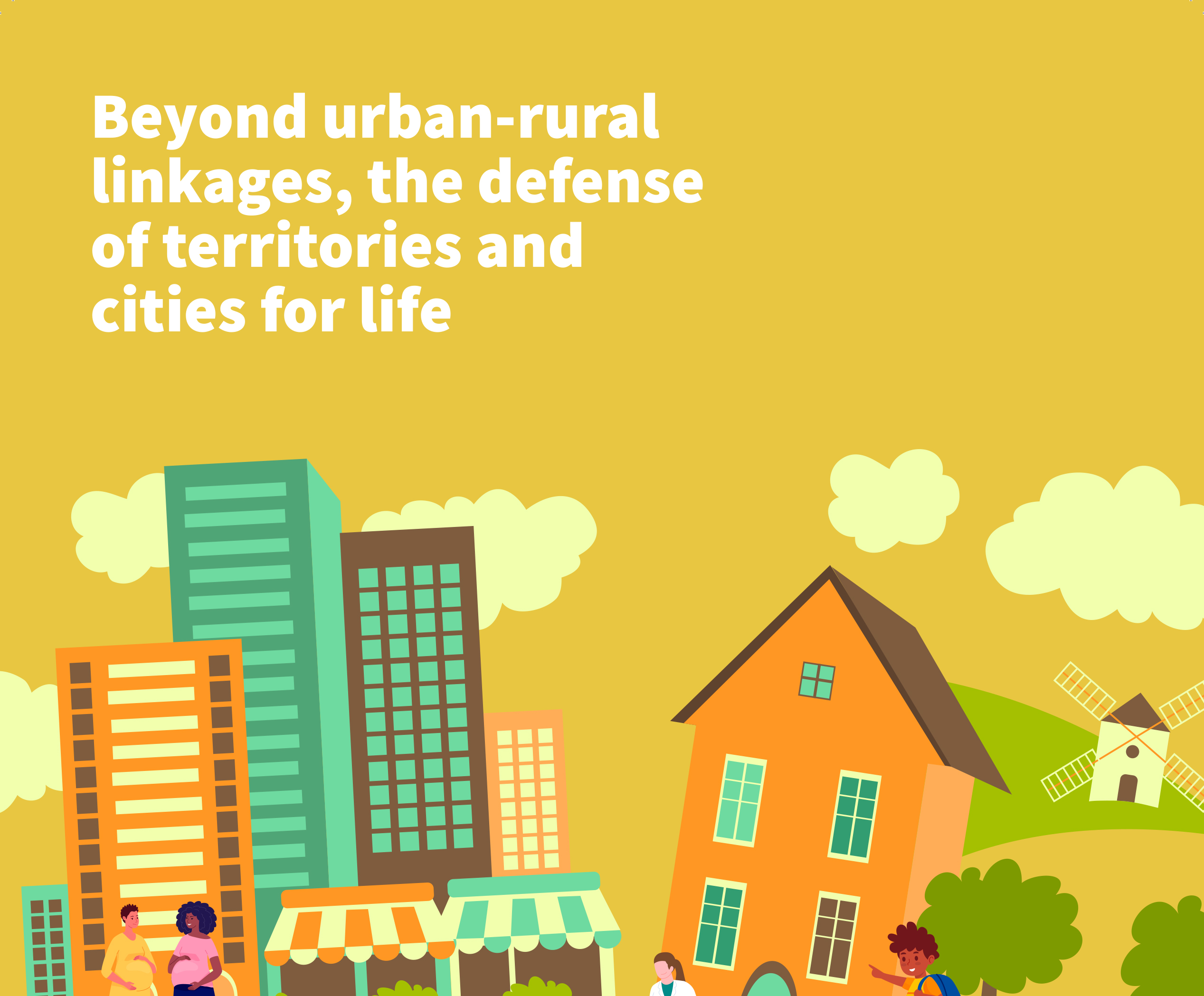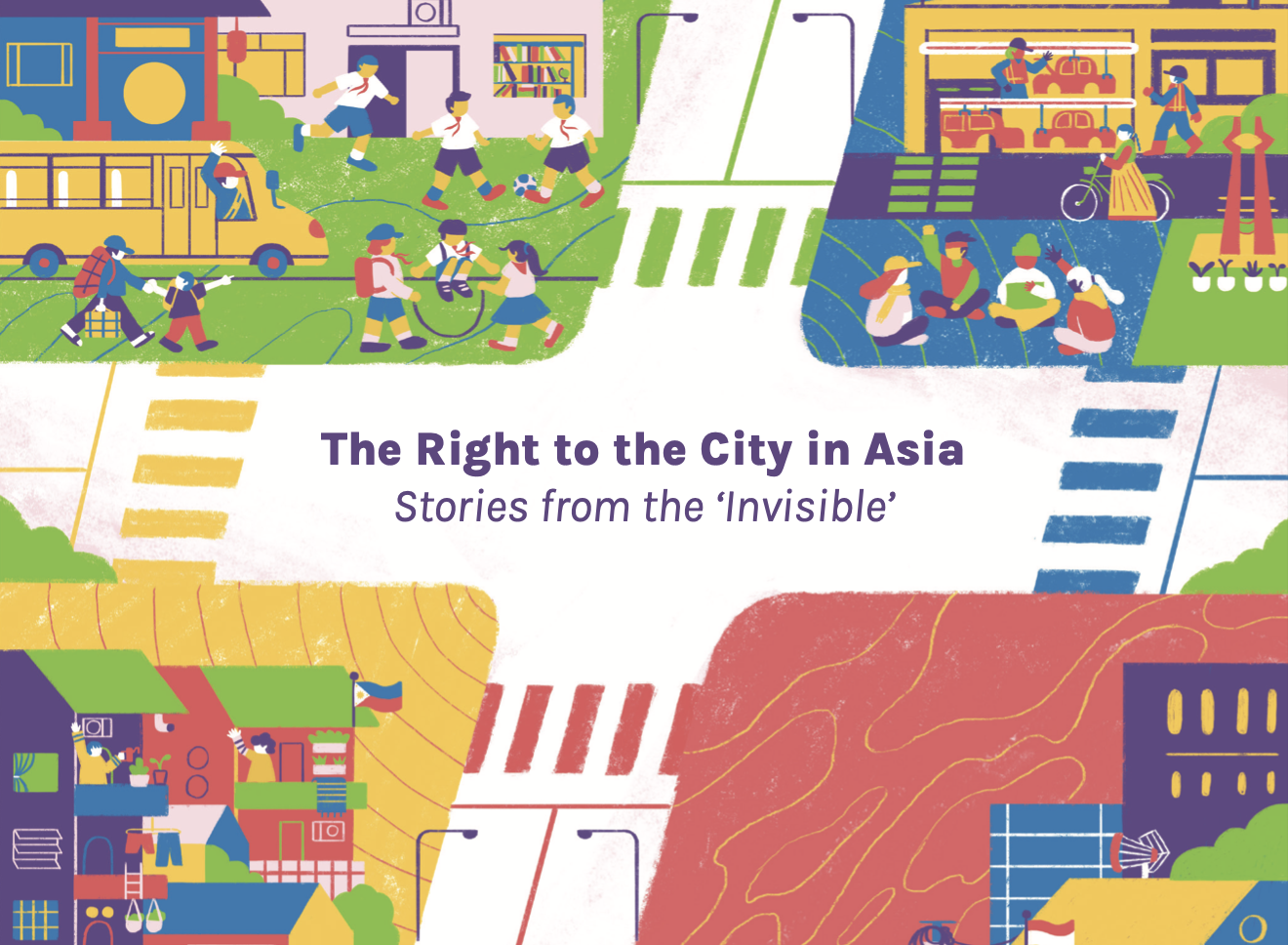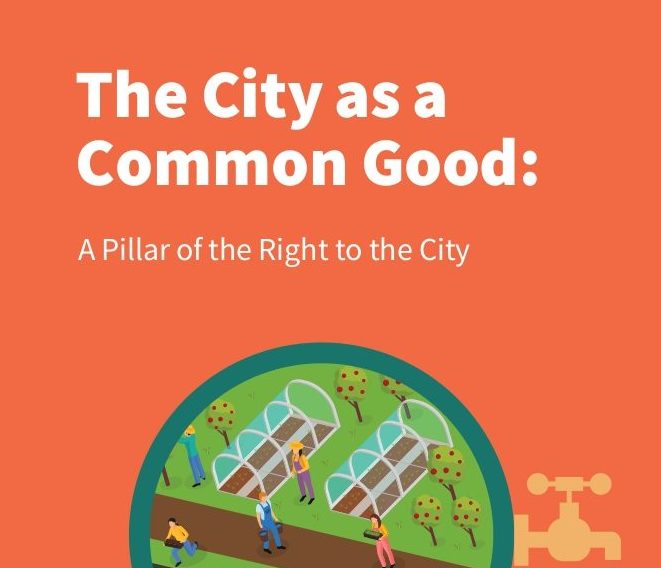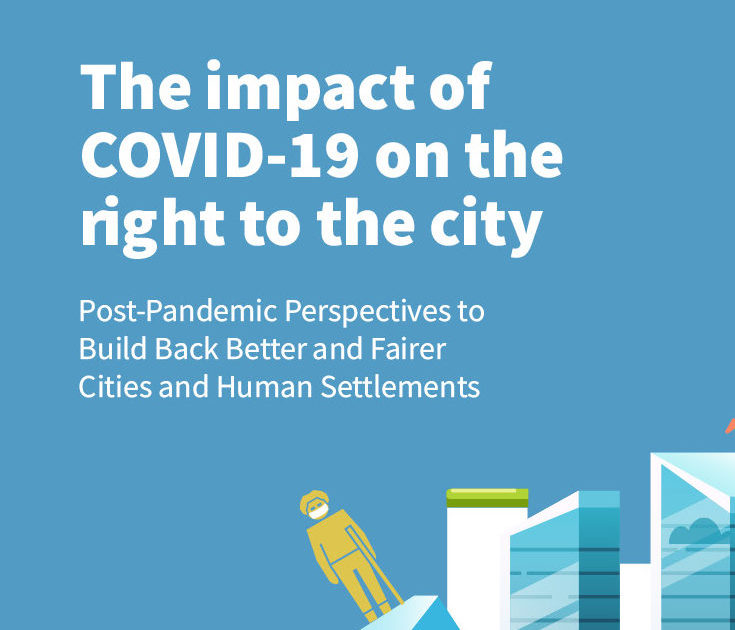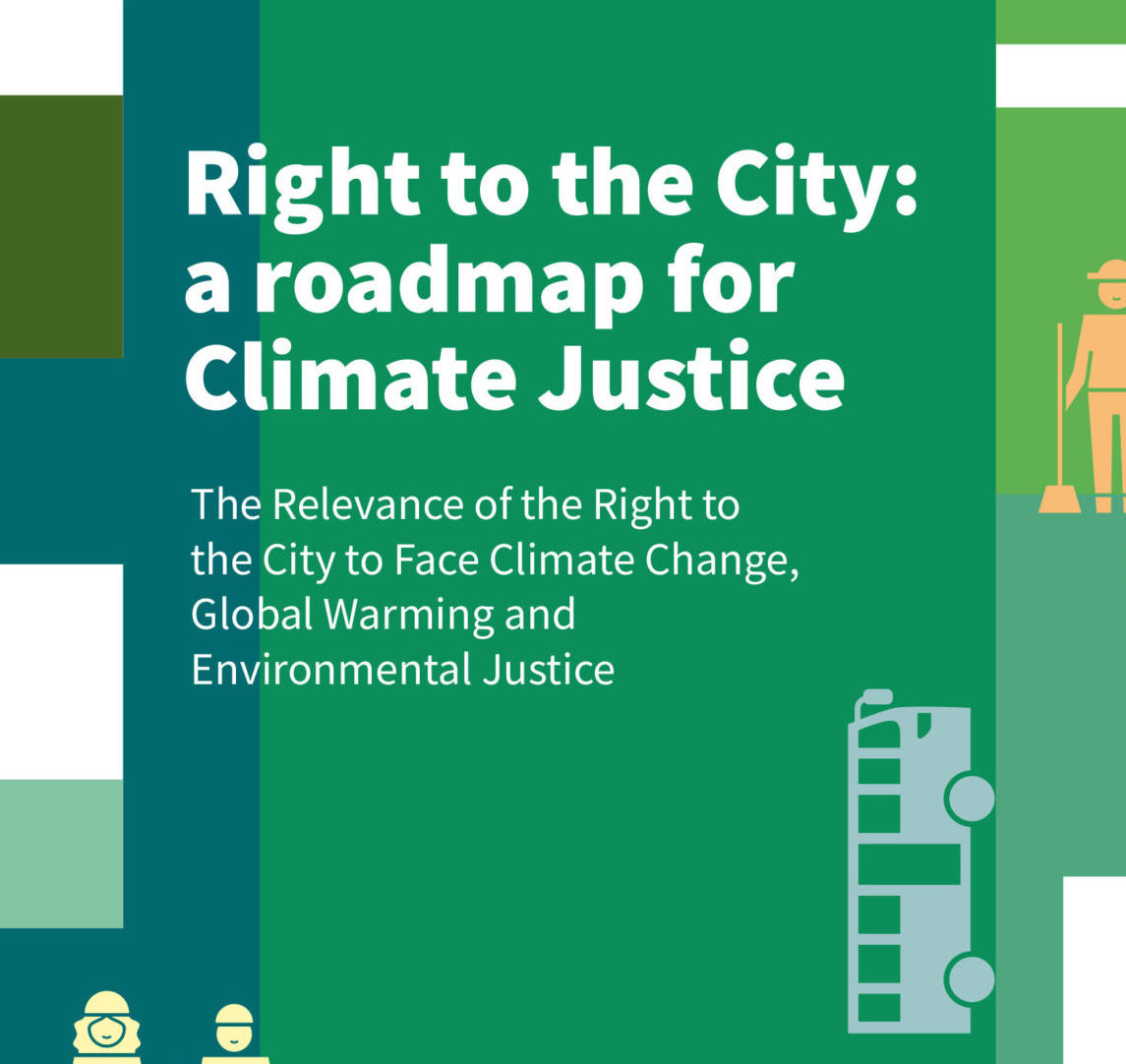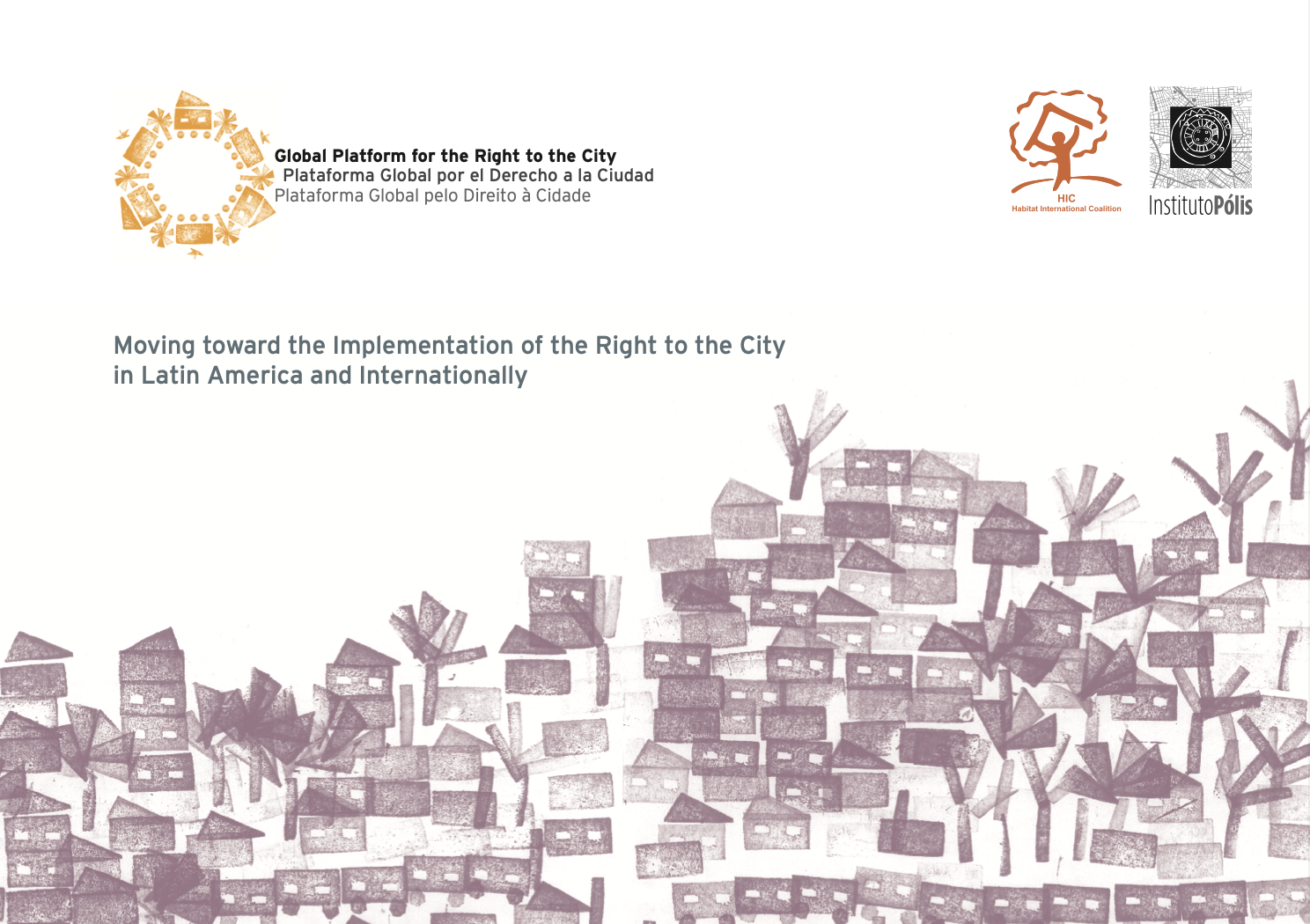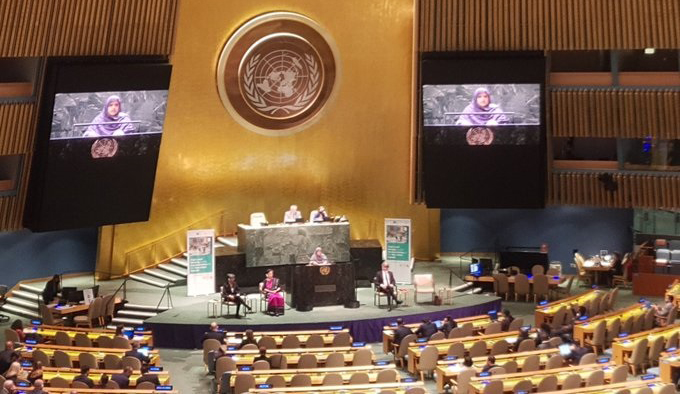
Background
On Thursday 28 April 2022 the President of the United Nations General Assembly convened a one-day High-Level Meeting (HLM) to assess the progress of the implementation of the New Urban Agenda (NUA) at the UN headquarters in New York. The discussion was centered on member states’ reactions and positioning to the UN Secretary General’s Report on the 5 years of NUA implementation.
Habitat International Coalition (HIC), the Global Platform for the Right to the City (GPR2C) and their members, in collaboration with United cities and Local Governments (UCLG), have actively engaged with this process, calling for an enhanced commitment by member States and key UN agencies to accelerate the implementation of the New Urban Agenda through the right to the city, as a drive for promoting social, territorial and environmental justice, through progressive policies and fulfillment of human rights obligations. This document presents the overall HIC’S and GPR2C’s reaction to the HLM and the process surrounding it.
The first five years of NUA implementation have been largely marked by mixed signals. On the one hand, a general weak engagement from national governments around follow-up and implementation. On the other hand, the emergence of the COVID-19 pandemic has introduced a renewed relevance of the NUA commitments around the right to the city principles, most notably relating to the right to adequate housing and basic service provision, also highlighting the importance of public and common goods and the institutions that deliver them. Such a panorama was clearly reflected in the Secretary General’s report on NUA implementation, which pointed to the right to adequate housing, access to basic services, to education, health and decent livelihoods as five key axis for NUA implementation, as well as the increasingly leading role that local and regional governments (LRGs) have been taking to uphold such commitments.
However, despite such protagonism and acknowledgement, LRGs, as well as civil society organizations, have had a limited role both during the HLM, as well as in the preparatory process preceding it. Such omission is the confirmation of an overall implementation and follow-up process marked by lack of transparency and participation, without clear and robust mechanisms for engagement of a variety and diversity of actors. Calls for civil society engagement in the preparatory process and in the HLM itself were very limited and rushed, with just two short slots for official civil society statements during the meeting, further aggravated by an overall difficulty to physically access the venue.
Takeaways from the HLM
Despite this context, the High Level Meeting introduced some positive points regarding the future of NUA implementation. First, even under a scenario of lack of commitment and visibility of the NUA vis-à-vis other global agendas, the State presence and engagement during the meeting outscored the renewed relevance that sustainable urban development has taken over the last two years. This was indicated by the presence of more than 20 housing and urban development ministers of a series of countries, as well as the over 90 countries that signed up to make formal statements. This important ministerial presence has also led to the right to housing being highlighted as a key theme throughout the meeting, pointing again to the renewed relevance that it has harnessed through the COVID-19 pandemic.
Moreover, the engagement of different UN structures and agencies, beyond UN-Habitat, is an indication of the ongoing effort to build on a much needed UN-system wide articulation around the urban and habitat dimension and its cross-cutting impact in the different areas of action at the international level. Of particular note in this regard was the preparatory session held by the Economic and Social Council (ECOSOC) on April 21st, as well as the remarks made by ECOSOC’s president during the HLM, which once again highlighted the importance of articulating urban development with climate strategies and the protection of the right to adequate housing, in particular pertaining the need to stop evictions, as well as the key role of the popular economy in cities and territories and the need to advance on multi-level and multi-stakeholder partnerships.
Finally, the interventions of LRGs were also a key point to highlight. Despite the limited involvement vis-à-vis the space given to State representatives (only four speaking slots during the whole day), the remarks by LRGs representatives were a testament to their commitment to NUA implementation, in particular through the right to the city and by ensuring the social function of land, housing and the city, the protagonism of local communities and a feminist approach to urbanism and politics.
However, despite these welcome developments, through the course of the HLM, already identified setbacks and limitations to NUA implementation were made further evident. For instance, despite the numerous references to the importance of housing, the policy approaches mentioned by States tended to reproduce long-standing practices (mainly mass-construction of social housing), of limited (and sometimes negative) impact, neglecting the role of alternative approaches such as housing cooperativism of the social production of habitat, that seek to set community-based and non-commodified approaches to delivering housing. Overall, the statements signaled a distance from a right based approach, as well as from the struggles and priorities of civil society, social movements and LRGs.
This was further evidenced also in the mentions towards environmental concerns and the need to advance on climate action, another recurring theme during interventions. Such a topic was mostly incorporated through citing efforts to “greening cities” and foster sustainable mobility practices, but without incorporating the socioeconomic layer of urban development, incurring a risk of falling into policies and practices that can further enhance inequalities and exclusion (such as gentrification and privatization). Moreover, another cautionary note that emerged from the meeting pertains to the evident need to widen the debate and coordination with multiple actors to advance on NUA implementation. The flagrant lack of organized civil society actors and the need to involve grassroots actors, in particular women and those living in popular settlements and working in the popular economy, as highlighted by the remarks by Huairou Commission and Slum Dwellers International representatives, comes in stark contrast with the mentions and invitations to intervene extended to “technical experts”, which contributions are of great value, but have to be integrated without falling into a technocratic approach that is tied to economic interests and removed from the priorities that emerge from communities.
Conclusions and way forward
Overall, the meeting evidenced a concerning lack of imagination, persistence of “old recipes” and limited commitment to initiatives that recognize and support civil society organizations’ efforts and initiatives to put forward alternative and rights-based models to the current economic and urban development approaches. On the other hand, the renewed relevance of NUA commitments and of public action, through the COVID-19 pandemic, as well as the progress towards a UN System-wide approach to urban development are welcomed opportunities to harness and accelerate NUA implementation through the right to the city and a rights-based approach.
It is clear that the next five years cannot be the same as the past five ones. It is the time to overcome inertia, setbacks and support transformative initiatives (projects, policies) from the local level, with care and the commons at the center. This cannot be done without political and financial commitment by States, as well as through continued support for the actions being led by civil society, social movements and LRGs. Moreover, it calls for robust and sustained mechanisms for follow-up, with the participation and engagement of a variety of actors.
In this sense, the upcoming months, including the World Urban Forum, (Katowice, June), Urban October, COP27 (Sharm el-Sheikh, November) and the UN-Habitat Assembly (2023), presents themselves as a key moment for forging a substantive commitment along with UN-Habitat and different levels of government towards a more robust NUA implementation and follow-up framework that is open, participatory and rights-based, with the right to the city at its core and building from the leadership and self-organization of civil society.



